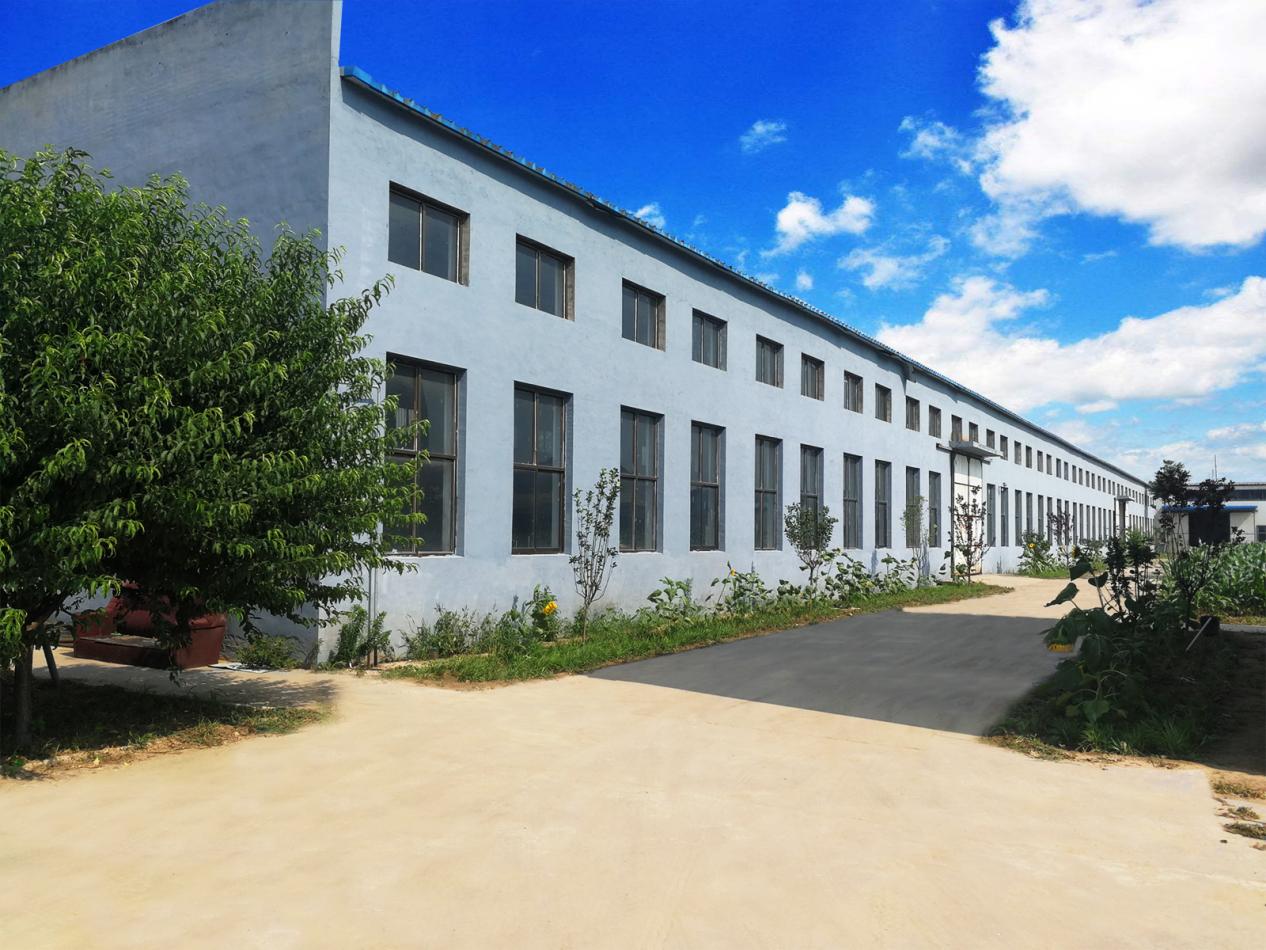9 月 . 06, 2024 17:58 Back to list
Swing Check Valve - Reliable Backflow Prevention Solutions
Understanding Swing Check Valves Functionality and Applications
Swing check valves are integral components in various fluid systems, designed to allow fluid flow in one direction while preventing backflow. This unique functionality is crucial in a range of applications, from municipal water systems to industrial processes. This article explores how swing check valves operate, their advantages, and where they are commonly used.
Operation of Swing Check Valves
The basic design of a swing check valve incorporates a disc or gate that pivots on a hinge, allowing flow through the valve in one direction. When fluid flows in the intended direction, the force pushes the disc open. Conversely, if there is a reversal in flow direction, the weight of the disc closes the valve, effectively stopping backflow. This design eliminates the need for an external power source, relying instead on the flow of the fluid itself.
Advantages of Swing Check Valves
1. Simple Design The simplicity of the swing check valve reduces the number of parts that can fail, making it a reliable choice for fluid control systems.
2. Low Pressure Drop One of the key benefits of swing check valves is their low pressure drop across the valve when open, which enhances the efficiency of the system. This is particularly important in applications where maintaining pressure is critical.
3. Durability Swing check valves are designed to handle high pressures and temperatures, making them suitable for various harsh environments. They can be manufactured from different materials such as stainless steel, bronze, or PVC, depending on the application requirements.
4. Maintenance Due to their design, swing check valves typically require less maintenance compared to other types of check valves, contributing to lower operational costs over time.
swing check valve

Applications of Swing Check Valves
Swing check valves are widely used across several industries due to their reliability and effectiveness. Here are some prevalent applications
- Water Supply Systems These valves are crucial in municipal water systems to prevent backflow, ensuring clean water supply.
- Wastewater Management In wastewater treatment plants, swing check valves help to manage the flow of wastewater, preventing contamination from upstream sources.
- Industrial Processes Many manufacturing and processing plants employ swing check valves in various applications, such as chemical processing, oil and gas, and food and beverage production, where controlling the direction of fluid flow is vital for operational safety.
- HVAC Systems In heating, ventilation, and air conditioning (HVAC) systems, these valves can prevent backflow in hot water and steam applications, ensuring efficiency and energy conservation.
Conclusion
Swing check valves are essential components in fluid handling systems, primarily due to their ability to prevent backflow effectively while maintaining a low-pressure drop. Their simplistic yet robust design, coupled with a variety of material choices, makes them suitable for an array of applications across different industries. Understanding the functionality and advantages of swing check valves can aid engineers and system designers in selecting the appropriate components to ensure the reliability and efficiency of their fluid systems. As industries evolve, the role of swing check valves will continue to be pivotal in meeting operational demands and enhancing system performance.
Share
-
Understanding the Differences Between Wafer Type Butterfly Valve and Lugged Butterfly ValveNewsOct.25,2024
-
The Efficiency of Wafer Type Butterfly Valve and Lugged Butterfly ValveNewsOct.25,2024
-
The Ultimate Guide to Industrial Swing Check Valve: Performance, Installation, and MaintenanceNewsOct.25,2024
-
Superior Performance with Industrial Swing Check Valve: The Essential Valve for Any SystemNewsOct.25,2024
-
Industrial Swing Check Valve: The Ideal Solution for Flow ControlNewsOct.25,2024
-
You Need to Know About Industrial Swing Check Valve: Functionality, Scope, and PerformanceNewsOct.25,2024